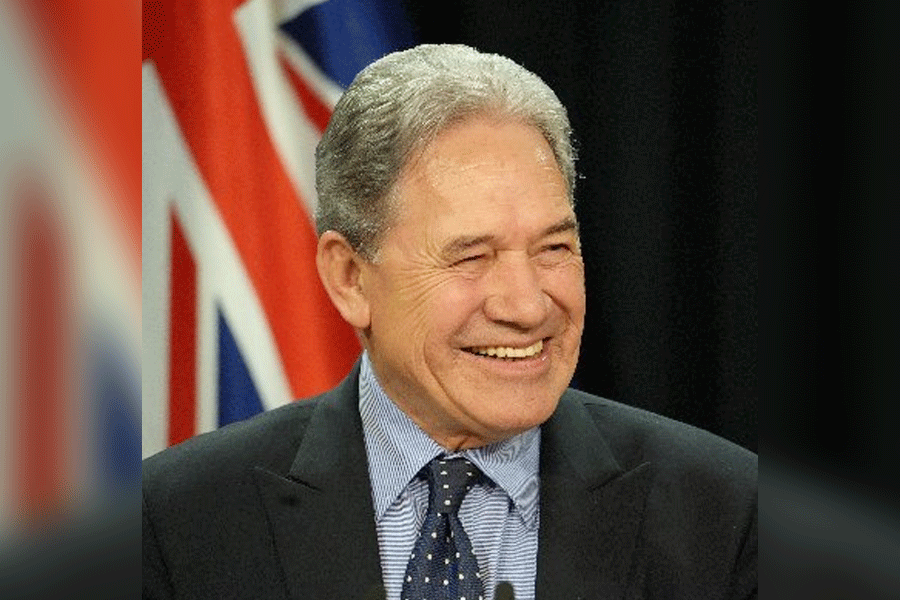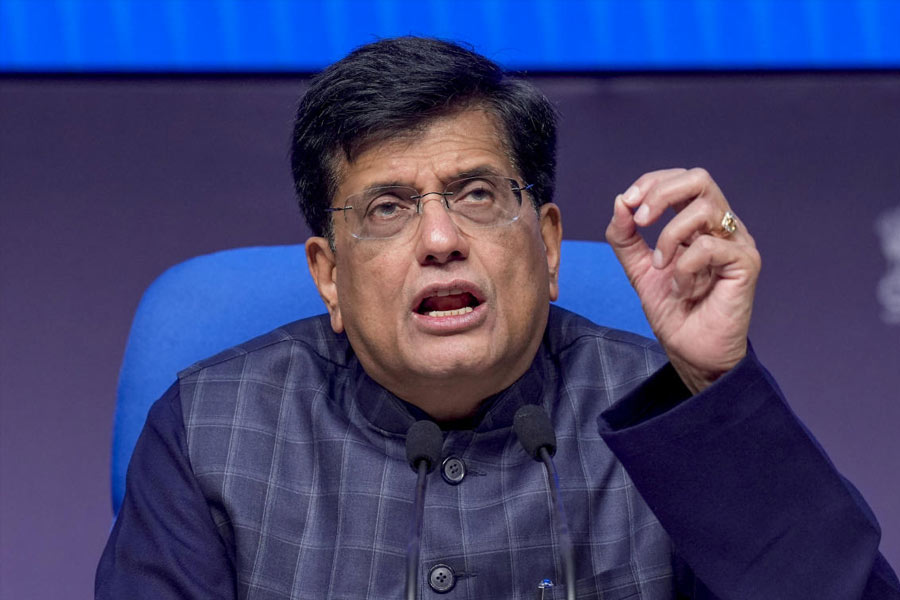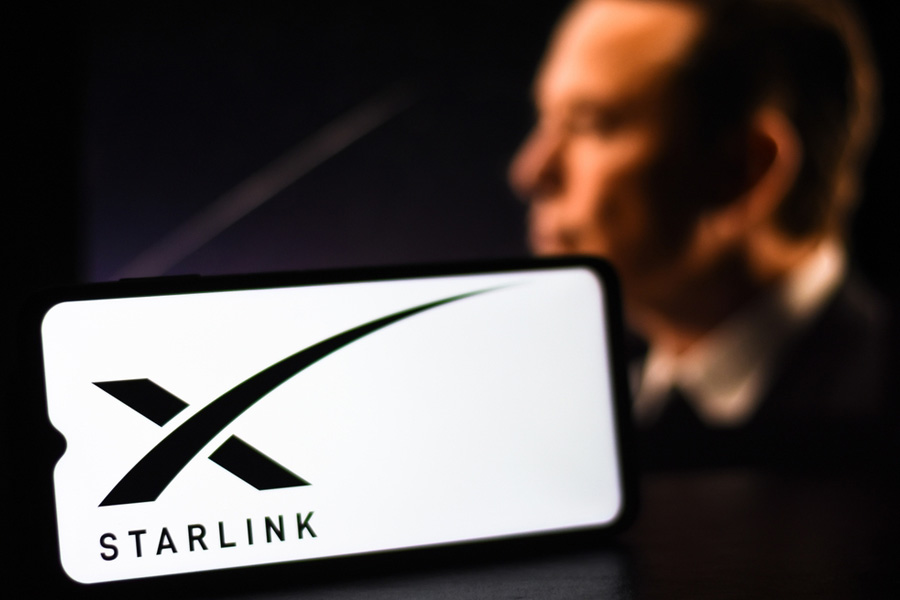 |
| Ready to fly |
New Delhi, Aug. 13: The David of the aviation industry, Air Deccan, plans to fly to Calcutta this Puja and to Bagdogra just after the rains end in September.
Capt G. R. Gopinath, who has launched the no-frills carrier Air Deccan promising to put about seven to eight seats on each of his yet-to-be-started metro shuttles at a low price of Rs 700, told The Telegraph, “We plan to add to our current fleet of two Airbus A-320 with three more aircraft within the year. We will start flying Delhi-Guwahati-Bagdogra by September and to Calcutta in October-November.”
Gopinath is promising “to sell about a quarter of seats on a flight at prices of between Rs 700 to Rs 3,000, another 50 per cent seats at Rs 3,500-5,000 and the rest at full-fare prices”.
Low-cost airlines are difficult to sustain. Many have shut shop globally after larger airlines have joined in the price fray.
Gopinath hopes to overcome that problem with a revenue model, which aims at not only earning money from passenger and attracting them with a publicity hype on low fares but by selling ad space inside his aircraft.
“We will start our metro operations on September 25 with an inaugural flight and then start commercial operations next day ... people can buy tickets only through the Web or at our sales counters,” he said.
Low-priced tickets, which have to be reserved 90-120 days in advance, will be sold on a first come first served basis, Gopinath added.
Bigger airlines like Jet, Sahara and Indian Airlines are keeping tabs on the Gopinath-model to see which way the market will react.
However, most airline experts say the global trend is that the two separate models of airlines — low-cost, no-frills and high-cost, high frills — are converging to create lower-cost but full-service airlines.
Globally, high-cost airlines like the United spend about 11.5 cents for every aircraft seat per mile, while low-cost rivals spend about 7.5 cents. The trend now is to bring the higher figure nearer the 7.5 cents mark, to beat off smaller rivals.










